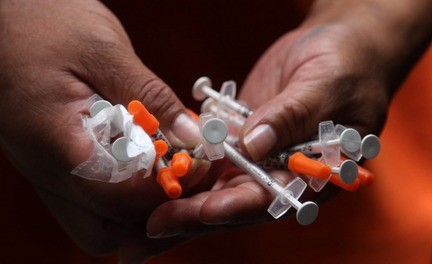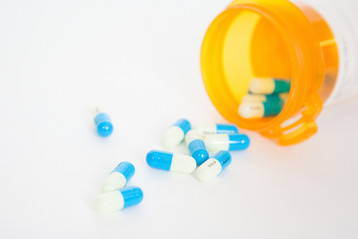 In addition to technical assistance, the Indiana Department of Health makes grants to locally approved syringe service programs from federal Centers for Disease Control (CDC) HIV Prevention funds in HEA 1203. Federal and state funds are not used in the purchase of syringes, but may be used for staffing and harm reduction components of the programs.Additional local syringe service programs could be started, or existing programs could be continued with the delay of the sunset provision until July 1, 2026. As of 2019, Indiana had over 8,500 people participating in syringe service programs in nine counties. Syringe service programs promote public health through reducing the transmission of infectious diseases, such as HIV and hepatitis C. People who are participating in syringe service programs are also significantly more likely to enter treatment for substance use disorder.
An article published by the Wayne State University School of Social Work Center for Behavioral Health and Justice says an extensive body of literature supports medication-assisted treatment (MAT) as the gold standard treatment for opioid use disorder (OUD). Three medications have been approved by the U.S. FDA for MAT, buprenorphine, methadone and naltrexone. However, the article says criminalization of low-level buprenorphine possession increases the barriers people with an OUD face as they try to reach treatment and achieve recovery. Only 15% of OUD patients receive medication as a part of their treatment. Research shows that majority of the people who obtain non-prescribed buprenorphine do not misuse it, but rather use it to manage withdrawal symptoms, bridge gaps in treatment and detox. Furthermore, literature shows that buprenorphine taken in any context (with or without prescription) contributes to a reduction in fatal overdoses and an increased adherence to treatment. The decriminalization of buprenorphine in Vermont and Philadelphia has shown a decrease in overdose deaths and increase entry into recovery.
 The U.S. Drug Enforcement Agency (DEA) has recently seized a large amount counterfeit pharmaceutical pills in Mexico. These pills were made to look like prescription drugs, such as Adderall, Percocet, Xanax etc. However, the pills were laced with lethal amounts of fentanyl. The DEA stressed that traffickers are trying to fool casual drug users into buying these “prescription drugs.” Traffickers use fentanyl because it is cheaper and easy to make, creating a larger profit for the sellers and makers. As little as 2 milligrams of fentanyl can be fatal for an adult. The DEA warns that any using any non-prescribed pills is extremely dangerous as they have a very high possibility of containing fentanyl.
|